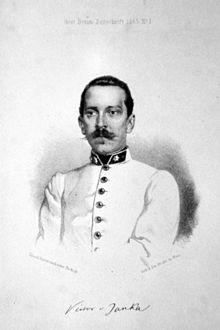
Emerich Frivaldszky von Frivald, known as Imre Frivaldszky, was a Hungarian botanist and entomologist.
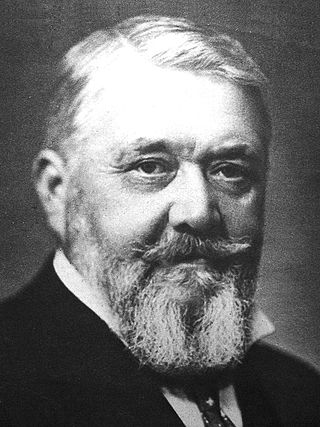
Count János Hadik de Futak was a Hungarian landowner and politician who served for 17 hours as Prime Minister of Hungary, beginning on 30 October 1918. His tenure coincided with a period of political instability in Hungary immediately after World War I, during which several successive governments ruled the country. He was forced to resign at the outbreak of the Aster Revolution on 31 October 1918, serving the shortest tenure of any Hungarian Prime Minister.

Anton Kerner Ritter von Marilaun, or Anton Joseph Kerner, was an Austrian botanist, physician, and professor at the University of Innsbruck and later at the University of Vienna. The standard author abbreviation A.Kern. is used to indicate this person as the author when citing a botanical name. Von Marilaun emphasized the concept of plant sociology or the species that plants were typically found associated with in his geographical studies of species. Inspired by the work of Alexander von Humboldt and others he examined climatological and historical factors in the distributions of plant species.
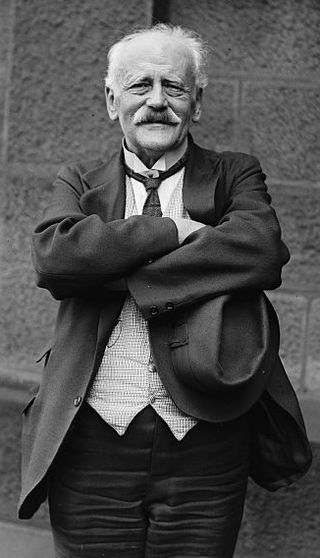
Otto Stapf FRS was an Austrian born botanist and taxonomist, the son of Joseph Stapf, who worked in the Hallstatt salt-mines. He grew up in Hallstatt and later published about the archaeological plant remains from the Late Bronze- and Iron Age mines that had been uncovered by his father.
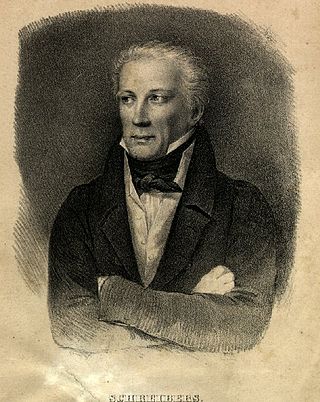
Carl Franz Anton Ritter von Schreibers was an Austrian naturalist who was a native of Pressburg, Hungary, Habsburg Empire.

Pál Kitaibel was a Hungarian botanist and chemist.
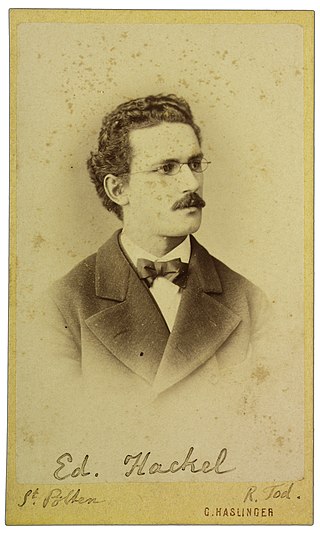
Eugen von Halácsy, also known as Jenő Halácsy was an Austrian physician and botanist of Hungarian descent.
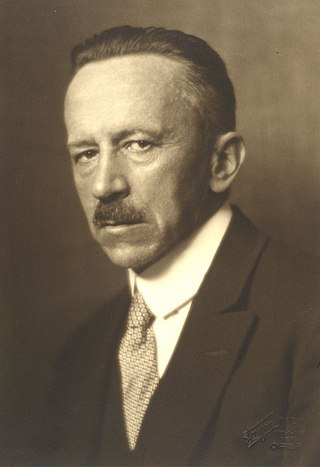
August von Hayek was an Austrian physician and botanist born in Vienna. He was the son of naturalist Gustav von Hayek and the father of economist Friedrich Hayek (1899–1992).

Josef Danhauser was a painter from the Austrian Empire. He was one of the prominent artists of Biedermeier period, along with Ferdinand Georg Waldmüller, Peter Fendi, and others. Danhauser's works, which went largely unappreciated in his time, dealt with moralising subjects and had a clear influence of William Hogarth.
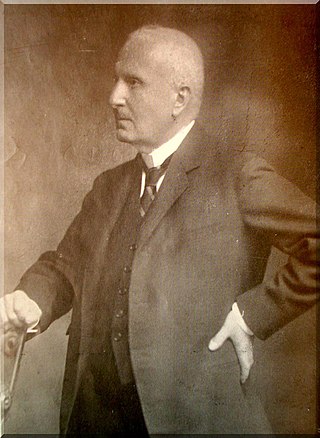
Árpád von Degen, was a Hungarian biologist and botanist whose activities were rooted in theoretical principles and scientific botany. Head of the royal Seed Testing Station in Budapest from 1896, Professor of Botany at the Budapest University from 1927 and member of the Hungarian Academy of Sciences, he died on 30 March 1934 in Budapest.

Franz Eybl was an Austrian painter.
Gustav Niessl von Mayendorf, was an Austrian astronomer and mycologist.
Heinrich Raphael Eduard Freiherr von Handel-Mazzetti was an Austrian botanist best known for his monograph of dandelions, many publications on the flora of China, and botanical explorations of that country. He was the cousin of novelist Enrica von Handel-Mazzetti (1871-1955).

August Neilreich was an Austrian lawyer and botanist.
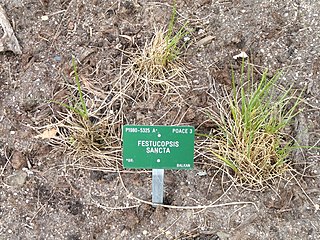
Peridictyon is a name that has been used for a genus of grass with a single species, Peridictyon sanctumnom. inval., native to southern Bulgaria and northern Greece, but a technical problem with the publication means that it is not a botanical name.

Josef Franz Freyn was an Austrian civil engineer and botanist.

Leopold Trattinnick was an Austrian botanist and mycologist. He was a curator of the Royal Natural History collection in Vienna. He published several mycological and other botanical works. Most of these works were illustrated with engravings and many of them were hand coloured. He also gave out collections of wax replicas of species of fungi and later sponges.
Viktor Litschauer was an Austrian mycologist.
Karl Richter was a botanist from Austria-Hungary.
Anton Hansgirg was a Bohemian-born Austrian phycologist who described several new species of red algae, green algae, and cryptophytes, in Austria-Hungary between 1880 and 1905.
